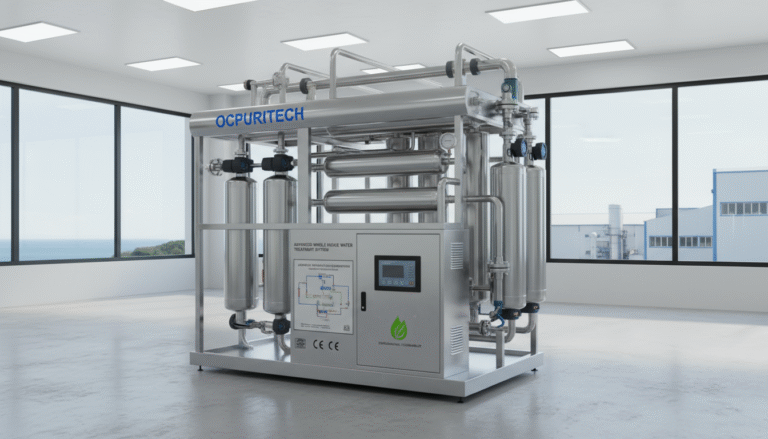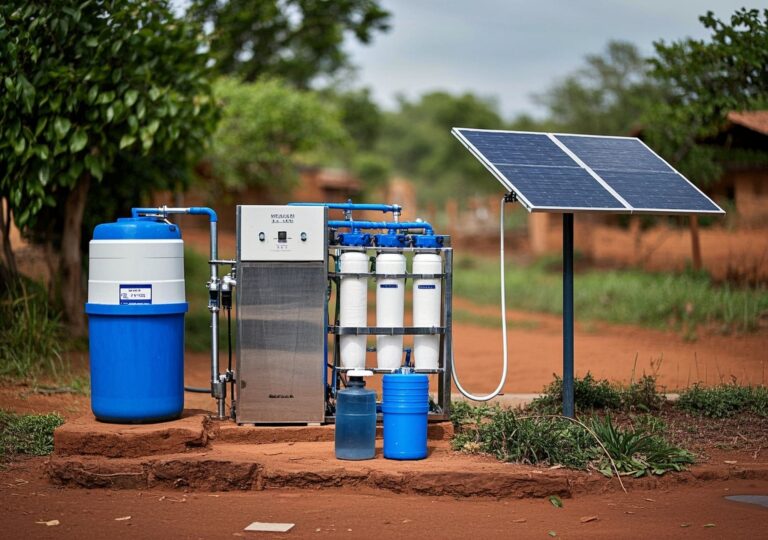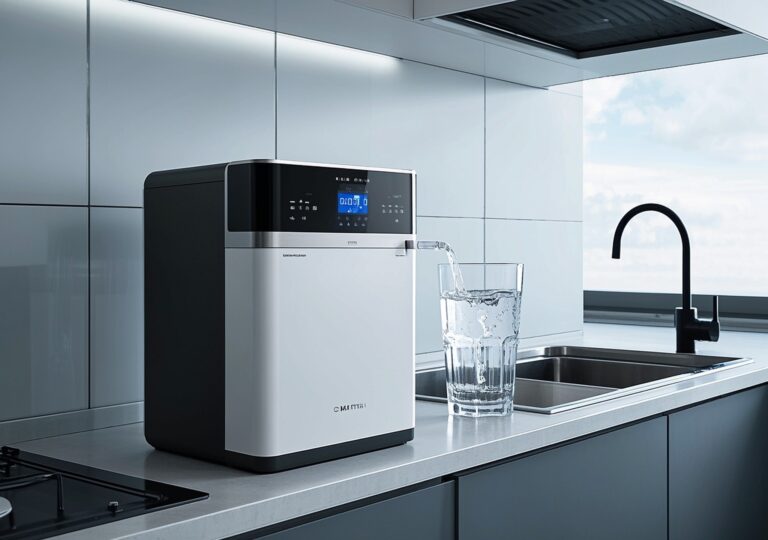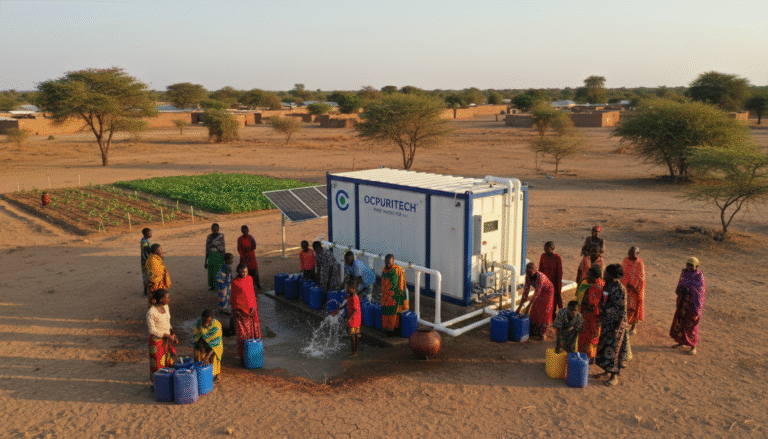Fascinating Review – Reverse Osmosis Water System for Optimal Purity
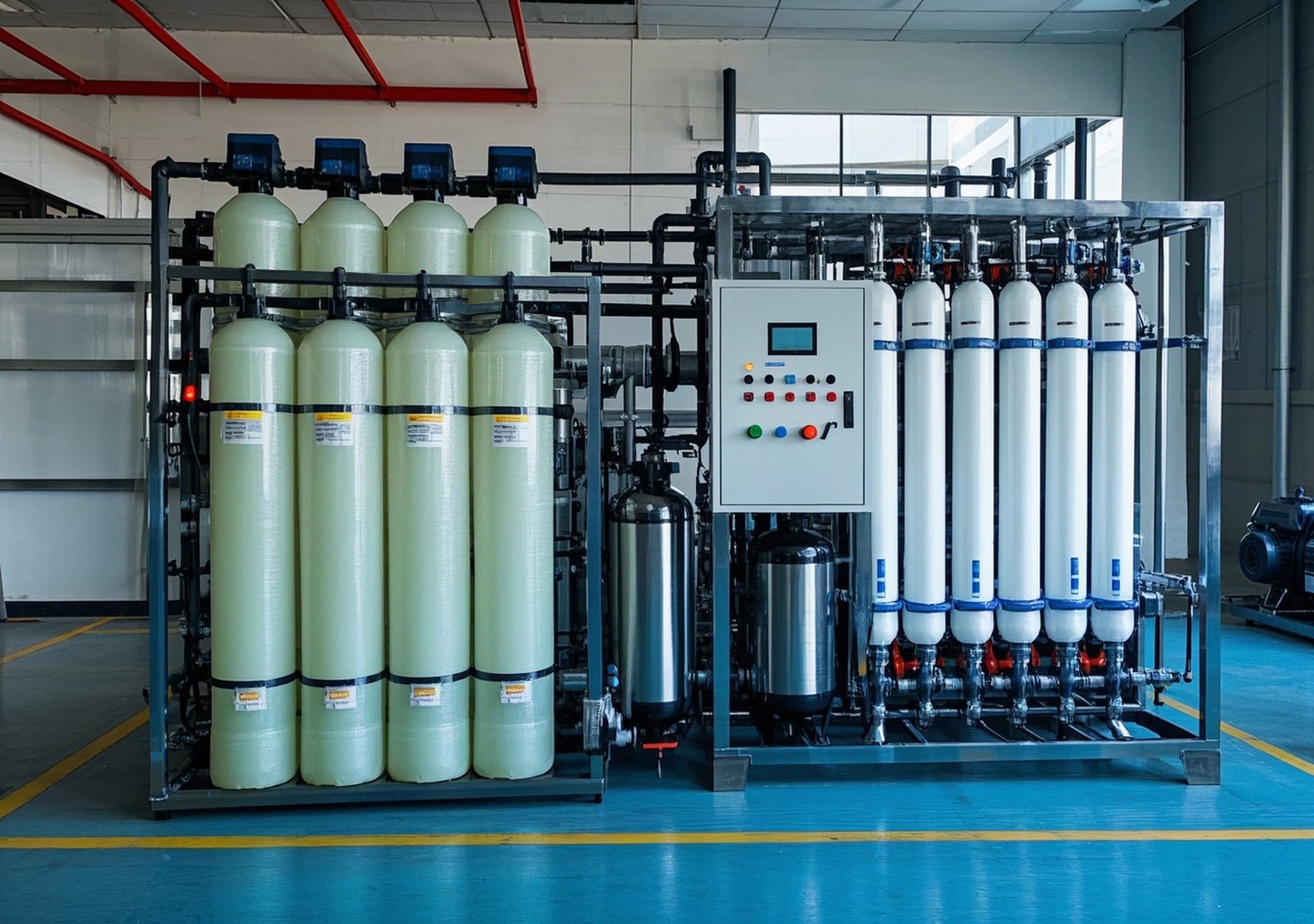
Fascinating Review – Reverse Osmosis Water System for Optimal Purity
In today’s industrial and commercial water treatment landscape, reverse osmosis water systems have become indispensable for delivering high-purity water critical to countless sectors. This article delves into the core technologies powering these systems, outlines a segmented product landscape covering various capacities, and explores the diverse applications ranging from seawater desalination to portable drinking water solutions. Understanding these facets helps stakeholders implement efficient, compliant, and durable water purification strategies that align with evolving regulations and operational demands.
1. Core Technology of Reverse Osmosis Membrane Systems
At the heart of every reverse osmosis (RO) water purification system lies the semi-permeable membrane designed to selectively remove contaminants such as heavy metals, salts, microorganisms, and organic compounds. The system operates by applying pressure to force feed water through these membranes, allowing only clean water molecules to pass while concentrating impurities on the reject side.
RO membranes are typically made of thin-film composite materials optimized for high flux and salt rejection rates, often exceeding 95%. Their modular design allows configurations ranging from small-scale units processing a few hundred gallons per day (GPD) to large industrial plants capable of treating millions of gallons.
Modern RO systems integrate pre-filtration (like sediment and carbon filters) and often incorporate post-treatment stages such as UV sterilization or remineralization to tailor the water quality as per industry standards. For instance, pharmaceutical or food-grade water demands tighter control over microbial purity and chemical levels.
2. Extensive Equipment Range: Multi-Scale RO Systems
To cater to varying application scales, manufacturers offer reverse osmosis water systems in multiple configurations:
- Small to medium capacity units (100–10,000 GPD) are ideal for facilities requiring clean drinking water or ultrapure water in laboratories and clinics.
- Commercial-grade systems covering 10,000–100,000 GPD address needs in hospitality, food processing, and municipal water stations.
- Industrial-scale plants, exceeding 100,000 GPD, support chemical manufacturing, electronics fabrication, and large-scale desalination projects.
This multi-tiered product approach allows clients to select systems matched precisely to their water quality requirements and operational capacities, optimizing capital expenditure and operational expenses.
Additionally, whole house systems, including whole house reverse osmosis water filtration systems, bring centralized purification solutions commonly utilized in commercial buildings or remote sites, providing fine control over incoming water purity before distribution.
2.1 Filtration and Water Softening Integration
Coupled with RO membranes, pre-treatment units such as water softeners and sediment filters address hardness and particulate matter, protecting membrane longevity and enhancing overall system efficiency. For example, in regions with high water hardness, integrating a water softener with RO treatment prevents scale buildup on membranes, extending service life and reducing maintenance costs.
2.2 Containerized RO Systems
Industrial and commercial operations often benefit from containerized RO units — self-contained, skid-mounted systems that can be quickly deployed and relocated. These packages include pumps, filters, membranes, control panels, and sometimes chemical dosing systems housed within shipping containers. This modularity expedites installations, facilitates maintenance, and supports temporary or mobile water treatment needs, such as mining sites or disaster relief operations.
2.3 Advanced Disinfection: UV and Chemical Cleaning
To ensure microbial safety, many RO systems incorporate ultraviolet (UV) disinfection units. The application of UV light in a post-RO stage provides an additional safeguard against viruses and bacteria, crucial for potable water applications. Furthermore, automated cleaning-in-place (CIP) and chemical cleaning protocols maintain membrane performance, reducing downtime and operational costs.
3. Manufacturer Expertise and Quality Assurance
Choosing a reputable manufacturer with demonstrated expertise in RO water treatment technology ensures adherence to strict quality standards and longevity of investment. Top-tier producers incorporate advanced digital monitoring and automation, aligned with increasing industrial wastewater discharge regulations. Their R&D investments often result in innovations like energy recovery devices and improved membrane chemistries that reduce waste and operating costs.
From sourcing certified components to undergoing rigorous third-party testing, these manufacturers deliver systems with validated performance, compliant with NSF/ANSI standards or equivalent certifications necessary for commercial or industrial deployment.
4. Diverse Industrial and Commercial Applications
The versatility of reverse osmosis water systems extends across numerous fields:
- Seawater Desalination: High-capacity RO plants process saline water into potable water, fulfilling urban water supply needs in coastal cities and island nations.
- Portable Drinking Water Solutions: Compact countertop or portable RO water filtration systems serve emergency response teams, military units, and outdoor expeditions, ensuring safe hydration where infrastructure is lacking.
- Remote and Special Environments: Aerospace programs use advanced RO water purification units to recycle water onboard space missions, highlighting the technology’s robustness in extreme conditions.
- Food and Beverage Processing: Ensures product consistency and safety by supplying water free of impurities.
- Pharmaceutical Manufacturing: Provides ultrapure water adhering to stringent regulatory standards.
These varied use cases demonstrate the adaptability of RO systems and their critical role in securing water quality across industries.
5. Summary and Future Outlook
Reverse osmosis technology remains a cornerstone of modern water purification. According to the Water Treatment System Market Size & Forecast Report 2032 by SNS Insider, RO systems commanded over 28% of the water treatment technology market revenue in 2024 due to their effectiveness in removing contaminants and meeting tough wastewater discharge regulations.
The report projects a compound annual growth rate (CAGR) of 7.43% through 2032, underscoring increasing global investments in water treatment innovations such as digital monitoring and automation. Industrial sectors including chemical, pharmaceutical, and food processing are driving this demand, further emphasizing the need for reliable and scalable RO solutions.
From my professional experience working on municipal and industrial water projects, I’ve observed that adopting a well-designed multi-stage RO system paired with appropriate pre-treatment significantly improves water quality consistency and system longevity — reducing overall costs and regulatory risks. Whether upgrading existing systems or embarking on new installations, this layered technical approach provides resilience against varying feedwater conditions.
For stakeholders seeking optimal water purification, investing in comprehensive reverse osmosis solutions that match scale, operational requirements, and regulatory compliance is paramount.
References
- SNS Insider – Water Treatment System Market Size & Forecast Report 2032

